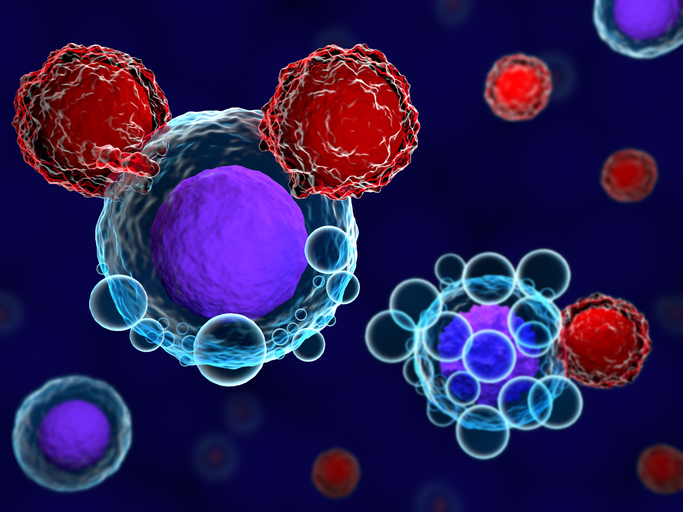
A benign nail abnormality may lead to the diagnosis of a rare inherited disorder that increases the risk of developing cancerous tumors of the skin, eyes, kidneys and the tissue that lines the chest and abdomen (e.g., the mesothelium). The condition, known as BAP1 tumor predisposition syndrome, is caused by mutations in the BAP1 gene, which normally acts as a tumor suppressor, among other functions.
The findings were published in JAMA Dermatology on May 17. The work was carried out by scientists at the National Institutes of Health (NIH) and the first author is Alexandra Lebensohn, PhD, of the National Center for Cancer Research. The senior author is Edward W. Cowen, MD, head of dermatology consultation services at NIH’s National Institute of Arthritis and Musculoskeletal and Skin Diseases (NIAMS).
Scientists happened upon the discovery while studying participants who were enrolled in a screening for BAP 1 variants at the NIH Clinical Center. As part of the study, a dermatology screening was performed at enrollment and annually for participants aged two and older. The cohort in the current study included 47 individuals with BAP1 tumor predisposition syndrome (TPDS) from 35 families.
“Individuals with BAP1 TPDS are currently being studied at the NIH to better understand and manage the cancers associated with the syndrome, particularly mesothelioma,” Cowen told Inside Precision Medicine.
“When asked about nail health during a baseline genetic assessment, a very astute patient reported that he had noticed subtle changes in his nails,” said Lebensohn. “His comment prompted us to systematically evaluate other participants for nail changes and uncover this new finding.”
Potential skin findings from patients with BAP1, said Cowen, “Include cutaneous melanoma, benign melanocytic lesions called BAP1-inactivated melanocytomas, and basal cell carcinomas. BAP1 TPDS also increases the risk of several internal malignancies, particularly melanoma of the eye, mesothelioma and renal cell cancer, which is why it is important to identify individuals with this syndrome in order to perform appropriate malignancy screening.”
Biopsies of the nail and underlying nail bed in several participants confirmed the investigators’ suspicion of a benign tumor abnormality known as an onychopapilloma. The condition causes a colored band (usually white or red) along the length of the nail, along with thickening of the nail underlying the color change and thickening at the end of the nail. It typically only affects one nail.
Among study participants with known BAP1 tumor predisposition syndrome aged 30 and older, 88% had onychopapilloma tumors affecting multiple nails. Researchers suggest that nail screening may be particularly valuable in a patient with a personal or family history of melanoma or other potential BAP1-associated malignancy.
“This finding is rarely seen in the general population, and we believe the presence of nail changes that suggest onychopapillomas on multiple nails should prompt consideration of a diagnosis of BAP1 tumor predisposition syndrome,” said Cowen.
Next the team plans to “Further explore the biologic mechanisms responsible for the nail changes as well as non-invasive methods, such as dermoscopy, to diagnose the nail changes,” Cowen told IPM.












